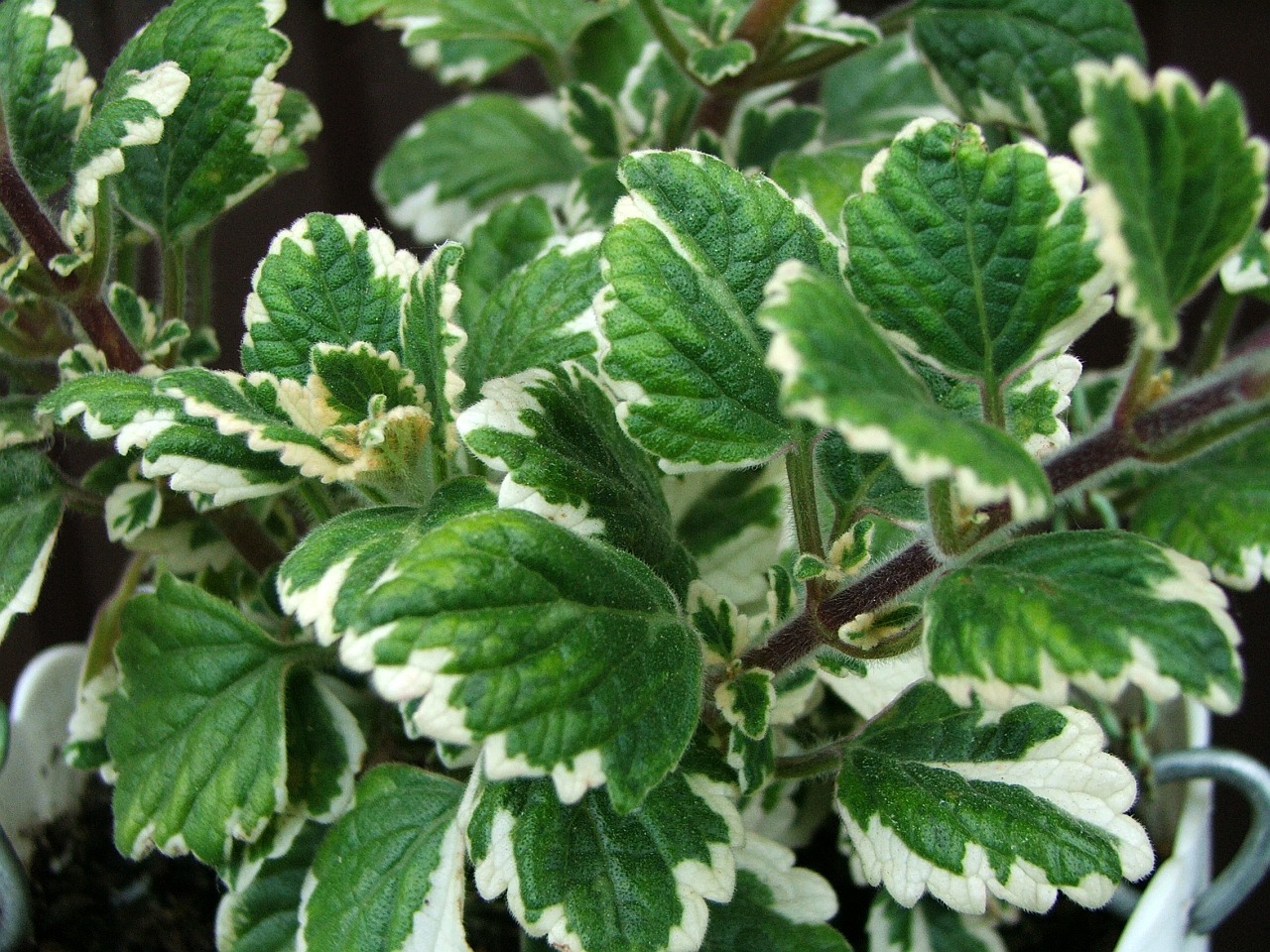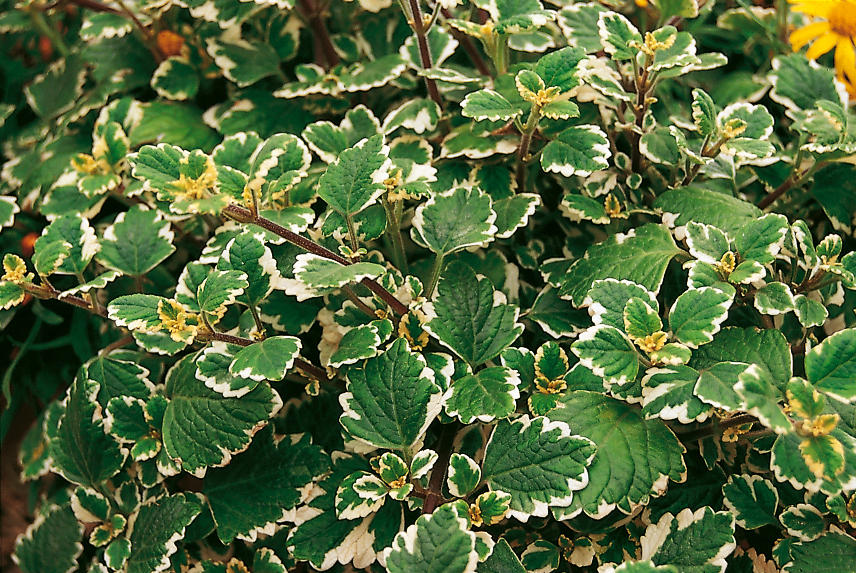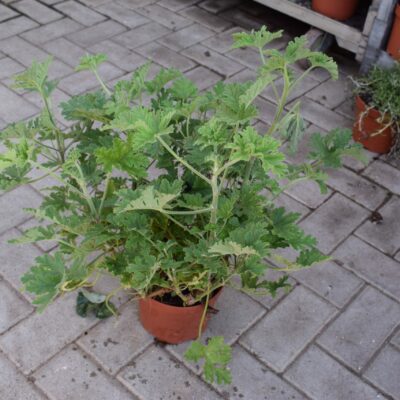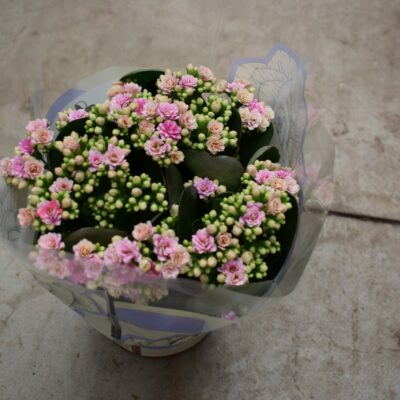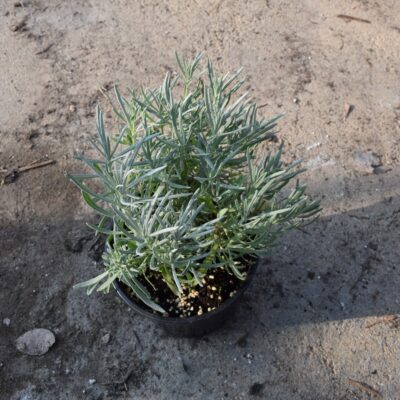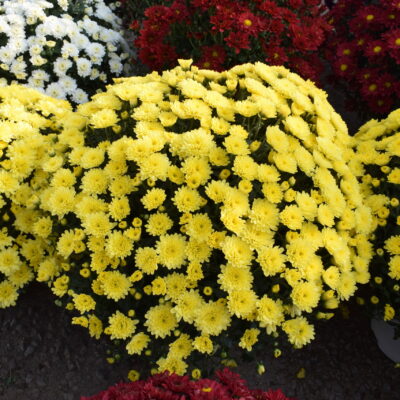The name Plectranthus is derived from the Greek roots “plectron”, denoting push, and “anthos”, meaning flower. Some people believe that certain species scare snakes. The odor emitted by the essential oils of its leaves acts as a mosquito repellent.
Plectranthus is a perennial, slow-growing bushy plant. Its stem and stems are branched, square and hairy. Its leaves are oval, fluffy, dark green with cream serrated edges.
Flowers
Its flowers consist of two beak-like lips, on which there are spots. Its flowering lasts from June to September.
Location
It grows satisfactorily in all types of soil, without particular problems. A necessary condition is that the soil has good drainage. Prefers positions with sun or moderate shade. In sunny locations it grows better and produces more flowers. It can also grow in very poor, dry and stony soils.
Durability
Withstands cold and low temperatures up to 5 ° C. You need to be careful with strong winds. Suitable for planting in areas with heavy air pollution.
Watering
It needs moderate amounts of watering, with limited to no watering in the winter and more regular watering in the warm periods of the year.
Pruning
It is necessary to removal of dried and diseased shoots in early spring. Apply light shaping pruning to maintain its shape.
Lubrication
It is good to strengthen it regularly from spring to the end of summer.
Diseases and enemies
It is quite a hardy plant and is not easily infected by diseases and insects. In humid environments it is attacked by botrytis which is the cause of the gray spots on the leaves.
It is suitable for
- individual plantings in gardens, parks,
- ground cover,
- planting in pots for balconies, terraces.
- acts as a mosquito repellent.
Flowerpot 15 cm- 1.5 L
